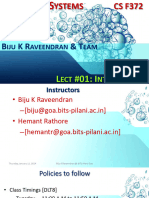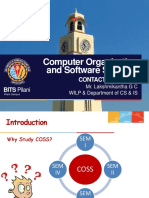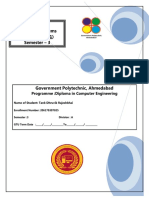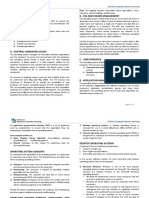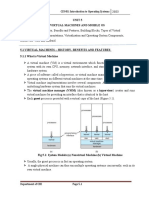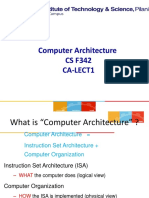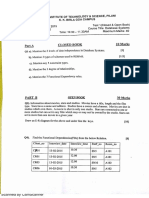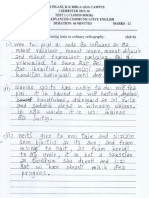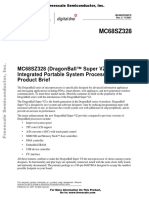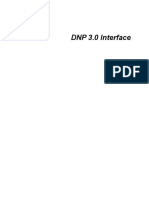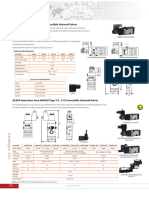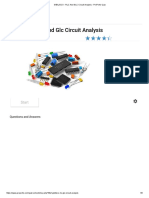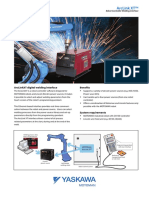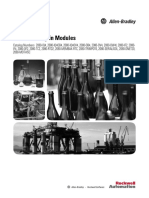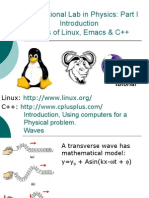0% found this document useful (0 votes)
92 views51 pagesLect 2 - Operating-System Structure
This document contains lecture notes on operating system structures from a class at BITS Pilani, KK Birla Goa Campus. The lecture covers various topics including operating system services, system calls, system programs, operating system design and implementation, virtual machines, debugging, and system boot. It provides examples from operating systems like MS-DOS, UNIX, Linux, Solaris and discusses concepts like layered structure, modules, and virtualization.
Uploaded by
Shilpa RajuCopyright
© © All Rights Reserved
We take content rights seriously. If you suspect this is your content, claim it here.
Available Formats
Download as PDF, TXT or read online on Scribd
0% found this document useful (0 votes)
92 views51 pagesLect 2 - Operating-System Structure
This document contains lecture notes on operating system structures from a class at BITS Pilani, KK Birla Goa Campus. The lecture covers various topics including operating system services, system calls, system programs, operating system design and implementation, virtual machines, debugging, and system boot. It provides examples from operating systems like MS-DOS, UNIX, Linux, Solaris and discusses concepts like layered structure, modules, and virtualization.
Uploaded by
Shilpa RajuCopyright
© © All Rights Reserved
We take content rights seriously. If you suspect this is your content, claim it here.
Available Formats
Download as PDF, TXT or read online on Scribd
/ 51








